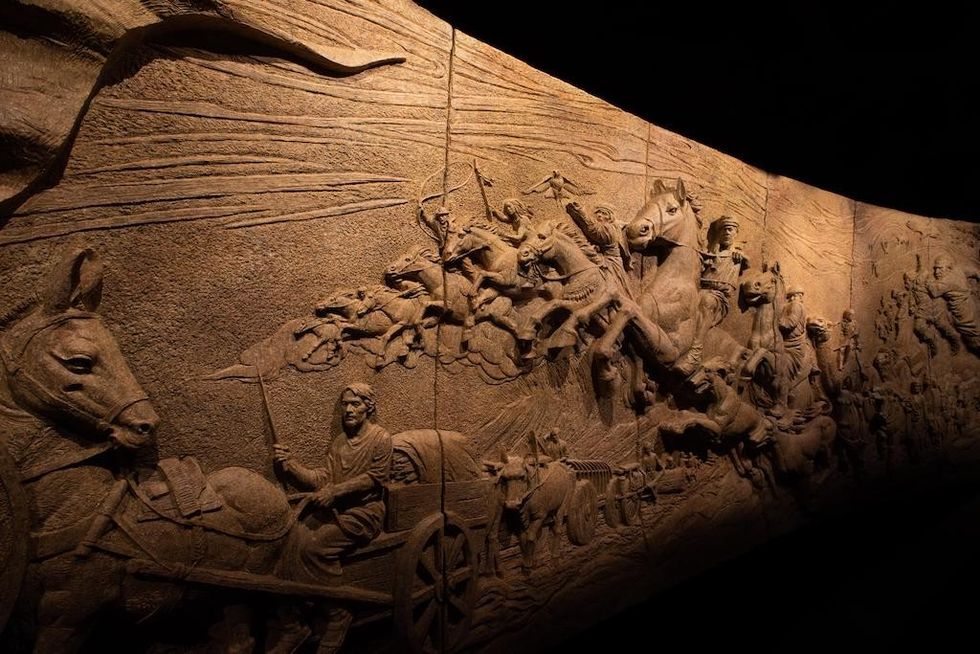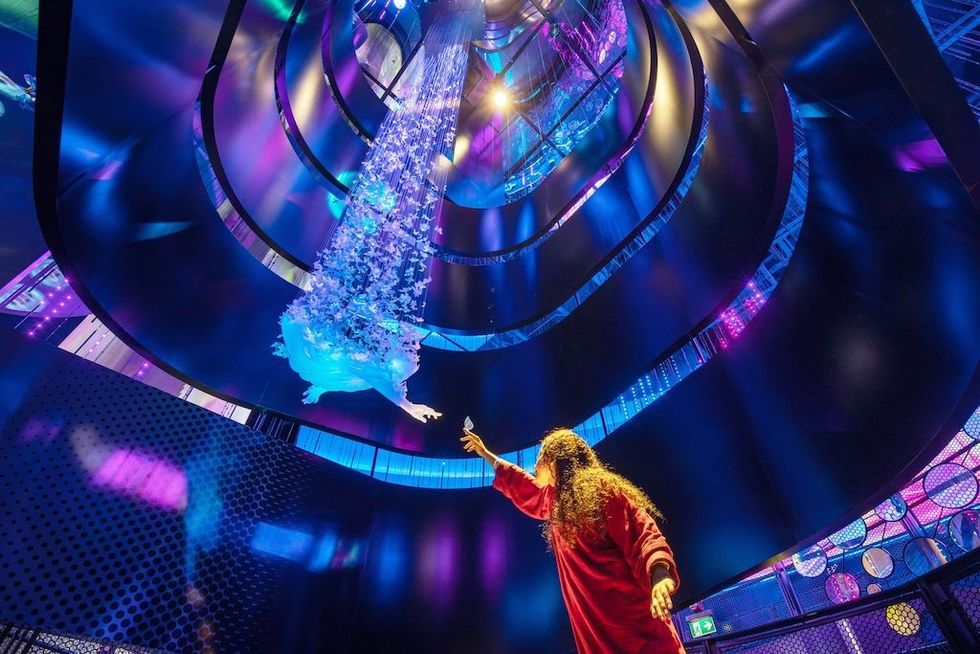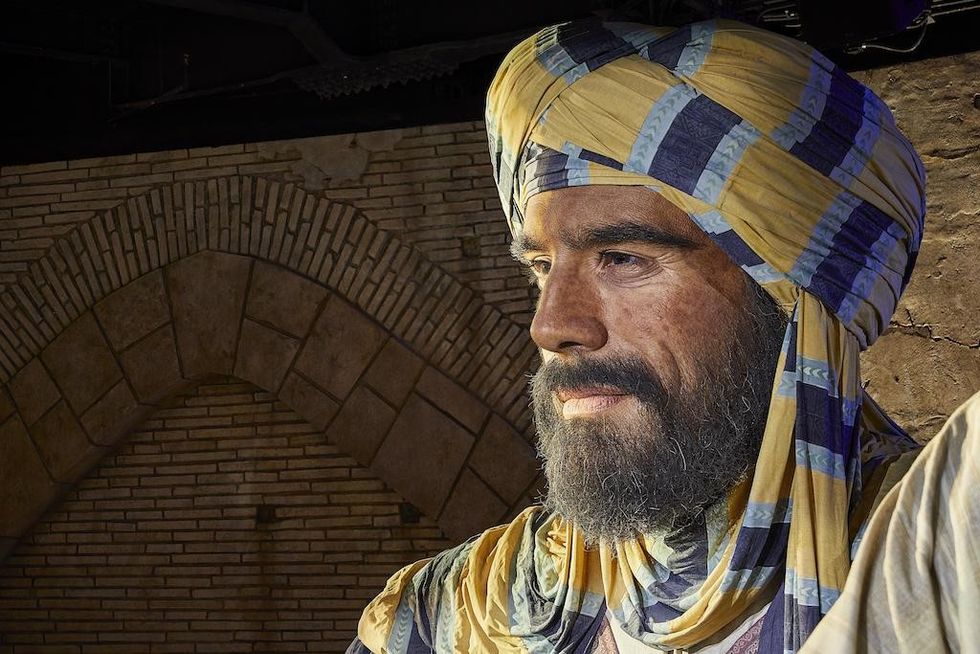As visitors step into the cool, winding streets of the Kingdom of Saudi Arabia pavilion at World Expo 2025 in Osaka, they enter an authentic, living experience. Here, the country’s story is embedded into the architecture and brought to life by Saudi’s people.
Visitors might encounter an iteration of the Evolving Nightly Show, plunge underwater and discover the wonders of the Red Sea, or be transported to a campfire in the middle of the desert to gaze up at the Milky Way.
These, among many other moments, are underpinned with authentic engagement with Saudi people, from artists and musicians practising on site, to scientists in residence working in coral preservation.
This rich, story-led experience has been shaped by Journey studios 59 and Squint/Opera. They have worked hand-in-glove with architects Foster + Partners to create a seamless fusion of story and architecture. This celebrates Saudi Arabia’s vibrant cultural sector and its technological innovation, as well as its heritage.
We spoke to Alice Britton, co-founder and executive director of Squint/Opera and Leo Warner, founder and director of 59. They shared their insights into how multidimensional environments can bridge cultures and spark dialogue, and the power of multidisciplinary collaborations to create next-level experiential design.
Progressive provocation
Foster + Partners approached Journey studio 59 at the start of the pavilion competition stage. It recognised that the studio’s story-driven thinking was a good fit for the project brief. This demanded that ‘storytelling be embedded in the fabric of the building, not layered on top’.
“The brief was an amazing bit of writing,” says Warner, “a very progressive provocation from the client, the Architecture and Design Commission of the Ministry of Culture of the Kingdom of Saudi Arabia.
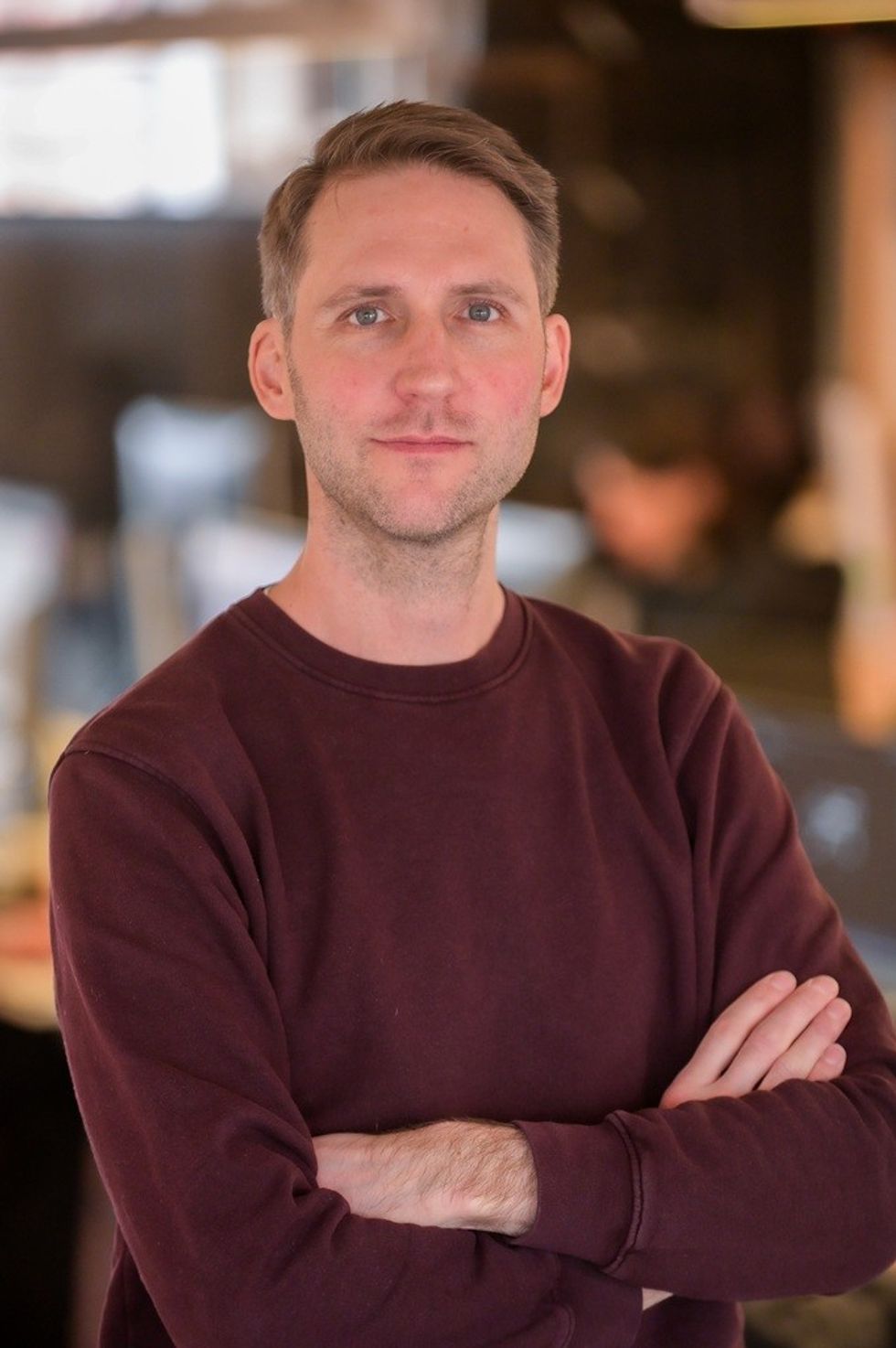
“This idea of embedding a story within the architecture is something we've never seen articulated so clearly in a brief before. But it is probably the simplest declaration of a ‘Journey-shaped project’. It is, in a way, our DNA.
“Within Journey, story and design are almost the same thing. It's not that we're building a world for a story to happen in. It's that the world we're building is part of that story.”
As such, the project marked a key moment in the development of the studio.
“The pavilion couldn't have been more fundamental as a statement of intent for Journey.”
Building for meaningful engagement
Following the competition win, the Journey studios continued to work with Foster + Partners through every architectural stage, through to opening.
The scope included concept design and detailed design phases, construction, design guardianship, and ultimately, AV systems, software and media and event integration. In a further phase, both Journey studios delivered the content and cultural programming that populated the pavilion in its final built state.
“We did everything from the spatial layout to choosing materials, the physical objects that would be exhibited within the exhibitions, lighting design, and also the hardware specification and integration in terms of audiovisual components,” says Britton.

“It was about ensuring design integrity and intent throughout the visitor journey, across all the different spaces. This was a key tenet of the project.
“It wasn't just a building with a story stuck into it. The building had to be the story, embedded into every surface,which was a challenging and beautifully ambitious brief.”
“Expos and national pavilions offer an amazing opportunity to help a nation find its voice through design and experience,” says Warner.
“But also, incredible challenges. It's a very “noisy environment”. The signal-to-noise ratio is very high. There are a lot of buildings that are shouting very loudly, both in terms of format and content. To stand out amongst those, you need to connect with people quickly.
“And in order to connect with people, you need to act very fast. You need to give them a shortcut to a meaningful experience.”
Bringing people together
The team quickly agreed that the most meaningful connections can be made most efficiently by bringing people into contact with other people. Warner says: “For us, this meant literally bringing the people of Saudi Arabia to Osaka, into the pavilion, to enable them to tell their own story.
“That was the cornerstone of our conceptual proposal with Foster + Partners. We weren’t going to make an exhibition or build a building that is about Saudi Arabia. We are going to make it a living, breathing part of Saudi Arabia. That was the USP, and what, we believe, won the competition.”
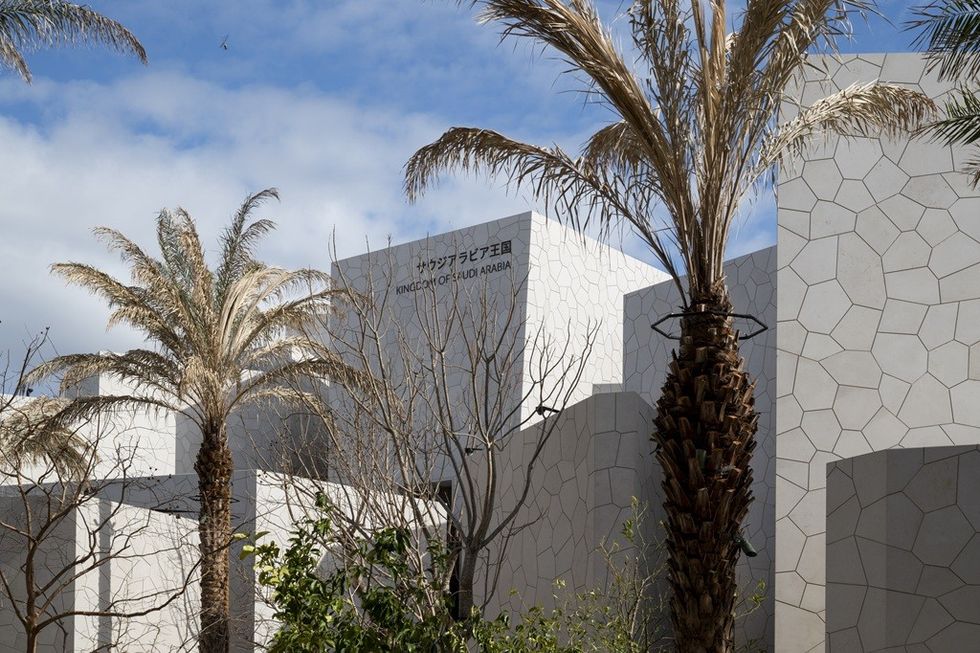
“Part of this idea of bringing the people of Saudi Arabia to the Expo was to enable them to create meaningful work on-site. We came up with a series of residency-led studios. These are the first component of what the visitor experiences before digging deeper into some of the underlying story.
“The idea is that we're building an environment, a platform for people to come and do that work on-site. And therefore, to make it a living cultural dialogue.
“We wanted to create an environment in which the story of Saudi Arabia could tell itself.
“So, for example, the visual arts studio and the music studio needed to become the distillation of a more widely distributed idea.”
Evolving Nightly Show
“By viewing Saudi Arabia through the eyes and ears of its people, I think we learn more about it than when people like us come in from outside and make an exhibition about it,” says Warner.
“Even if that exhibition is very beautiful, it is still static.
“We're already mediating the story of the country through its own people, its own society. But also, we wanted to create this evolving cultural experience, which was epitomised in the courtyard.”
The courtyard is a focal point of the pavilion and serves as a gathering and event space. The walls are lined with five walls that are also 17-metre-high projection surfaces. They are used to showcase the resident artists’ work.
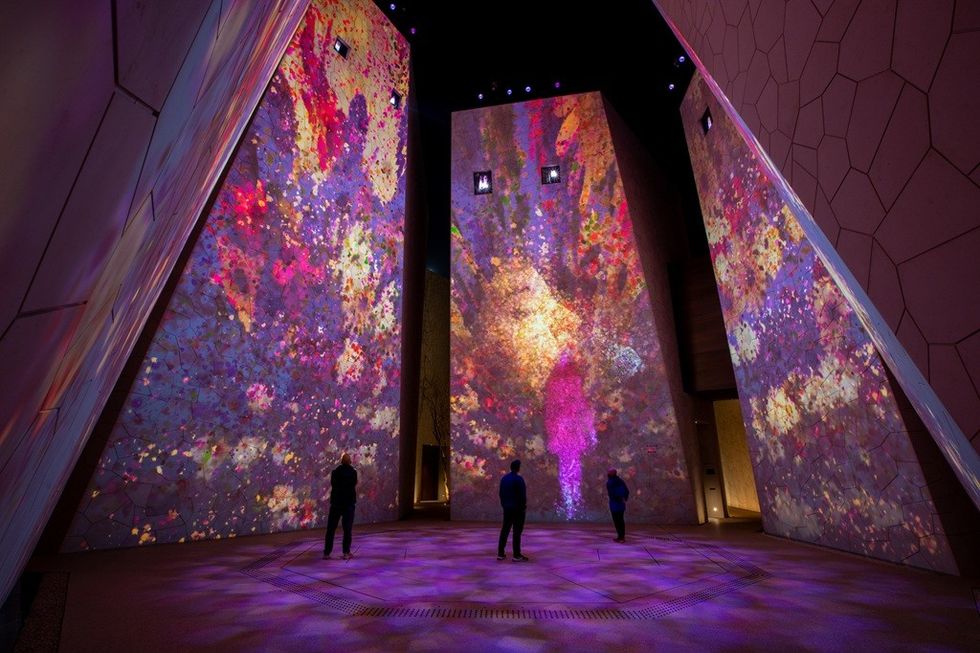
“Every night we have this piece of sound, light and projection art called the Evolving Nightly Show. That show changes throughout the Expo, and it feeds from the media that's been created in the visual arts studio and the music studio.
“What we were striving for was to try and find an expression of Saudi Arabia, which, like the country, is constantly changing, and constantly in dialogue both with itself and with the wider world.
“This is both a very grand, but also in some ways quite specific and literal manifestation of that.
“And it seems to be, I'm delighted to say, working extremely well.”
Immersive, multidimensional storytelling
“The pavilion’s plan emulates that of a traditional Saudi village,” says Britton.
“The visitor is led across a landscaped forecourt and then through meandering streets surrounded by high stone structures. In these alleyways, you don't know what you’ll come across next. This sense of discovery was a key principle, much like wandering the back streets of Al Balad in Jeddah.
“The visitor explores on no set route, and is taken on a journey through the past, present and the future of Saudi Arabia.”

Along the way, in addition to the Cultural Studios, visitors will encounter four further immersive gallery spaces, each telling different stories.
These span cities and urban landscapes, Saudi Arabia’s pioneering work in marine conservation, influence in sports and ambitious future urban and societal plans.
“At one point, you find yourself in the middle of the Empty Quarter," says Britton. "A view of the vast desert wraps around you. All you can hear is the wind and the sound of the sand.
“Our approach integrates the tactility of real artefacts and setworks, with dynamic content and spatial audio, to create a seamless and all-encompassing experience.”
“The Sustainable Seas gallery transports the visitor to Saudi Arabia’s crucial coastal environment. We designed an immersive screen that wraps all around you, and the film is viewed at a one-to-one scale. So, when you're in the gallery, you feel like you're plunged underwater. You explore the coral reefs and creatures that live in the Red Sea. It’s a unique up-close experience of the natural environment.”
Technology as a storytelling enabler
The exhibitions are technically ambitious. One of the biggest challenges was creating very large-scale content for uniquely shaped screens.
“In the Sustainable Seas, for example, visuals completely wrap around the visitors, on three-quarters of their viewpoint. The viewer is literally transported under the sea.
“To achieve its one-to-one scale and extraordinarily wide-angle projection, we had to use a bespoke camera rig that enabled us to shoot at multiple angles underwater.”
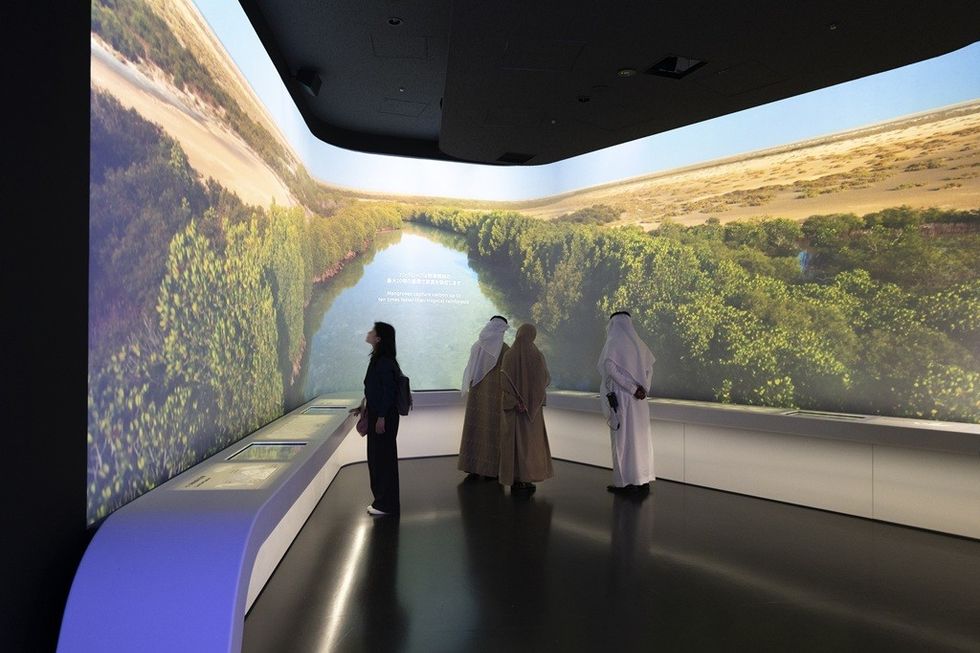
“It's at the heart of our beliefs as a company that we always strive to push the boundaries of what technology can do, but not just for technology's sake. We are always asking how it can enhance visitor experiences and bring people closer together.
“In this pavilion, I think you see that throughout every performance, every digital touch point, it's an experience that's designed for connection and dialogue and not just spectacle. We really want that audience to be a meaningful part of the experience, not just watching it.”
Integrating form and function
Emerging technologies are not just components in the finished experience, they were integral to the pavilion’s design development.
“We weaved in many different technologies in ambitious ways. To ensure their success, we developed a digital twin of the pavilion early on,” says Britton.
The team had to create everything incredibly quickly to meet the short onsite installation window. “But to help with that process, we put the design elements into a bespoke digital replica in VR. With this, we could test how the visitor would experience being there before it was built.”
“This is probably the most integrated design we've ever done,” says Warner.
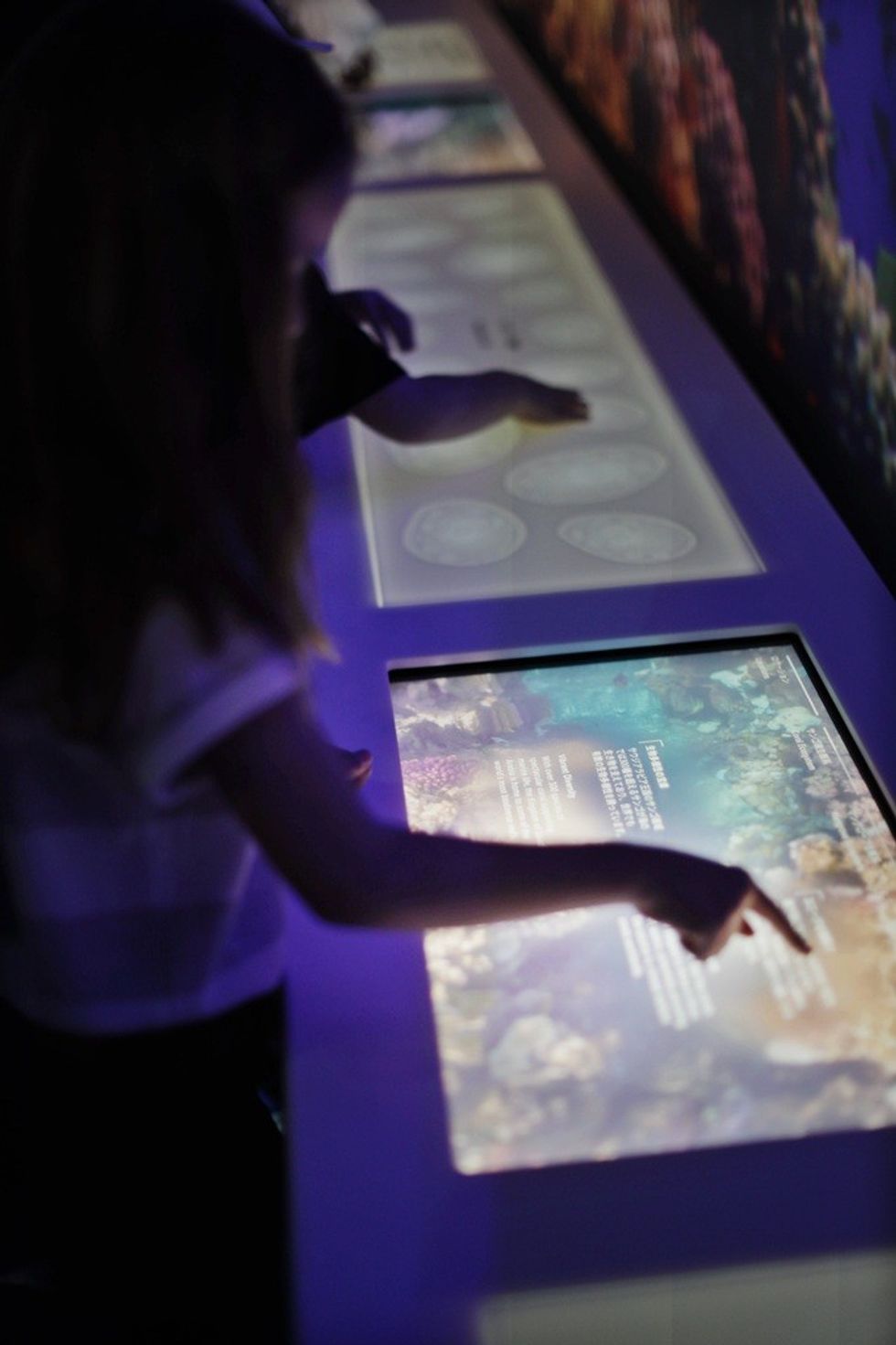
“We weren't just drawing buildings and MEP or HVAC. We were also overlaying all the technological facilities, as well as the human backstage and front-of-house facilities that would enable and facilitate the actual delivery of these things, because we knew exactly what we were proposing.
“It was a hugely integrated delivery and proposal. On this project, content was conceived hand in glove with form and function.
“And from the beginning, we explored all sorts of sustainability considerations, such as power consumption, materiality, and structure.
"Critically, how to contain power requirements by limiting how much power we might draw at a given moment, and to design operational procedures so that we weren't drawing maximum power from every zone simultaneously from a programming perspective.
"This enabled us to stay within the available supply, when bolstered by PV and other sustainable options”
Journey’s vision
The pavilion for the Kingdom of Saudi Arabia gives an insight into the ambition of the design agency’s future projects.
“We strive to be unique in our field,” says Britton. “And the Saudi pavilion is the embodiment of that; we are designing the next generation of experience.
“How do you go above and beyond, and create something deeply resonant and richer in levels of understanding, to connect with our audience on a more emotional scale?
“That's what we create - experiences which are rich, layered, and tangible, with a crucial focus on human connection.”

“I think in a way, the pavilion is a microcosm of a Journey project,” says Warner.
“It embodies so much of what we do and care about. The interdisciplinary nature of how we work, and the fact that we work in a highly integrated way but across really quite radically different disciplines, from storytelling through to hardcore technical design and systems engineering.
“So, it does exemplify the epitome of Journey.
“We know we can deliver a show about the moon landings for a million people on the Washington Mall. Or an Olympic opening ceremony for a billion. They are two versions of a high-end challenge.
“And now, we can also deliver a building with a complex cultural programming proposition deeply integrated with a complicated architectural timeline. We’ve notched up to another level of confidence.”
Looking to the future
So, what's next?
“We want to evolve our approach and build bigger, bolder projects,” says Britton. “We're currently working globally across the cultural and entertainment space, and we're focusing on this crucial connection between real people and elevated experience.
“What’s really compelling and to celebrate about Expo pavilions is the sheer amount of collaboration and talent that makes them happen. So many different, talented people come together and create something extraordinary.”

Working on future pavilions and future Expos is undoubtedly a high priority for the team, as well as finding other ways to combine their interdisciplinary design services and skills. Warner adds: “It's hard to imagine another environment where one can bring all of those things together on a world stage. But we keep finding them!
“In terms of future projects, we’re continuing to find new ways of combining disciplines to engage audiences in new, organic ways across dimensions. Live, virtual, immersive, physical, spatial, etc.
“From the stage on Broadway, to incredible museums across the world. These opportunities are varying scales and sizes, but the only thing that really defines a Journey project is that it's probably never been done before, at least on some level, and requires some deeply intertwined interdisciplinarity, multidimensional approach, which requires deep collaboration and deep thinking.”
The project team included:
Foster + Partners
Done+Dusted
Charcoalblue
Insignia
Tait
Coda to Coda




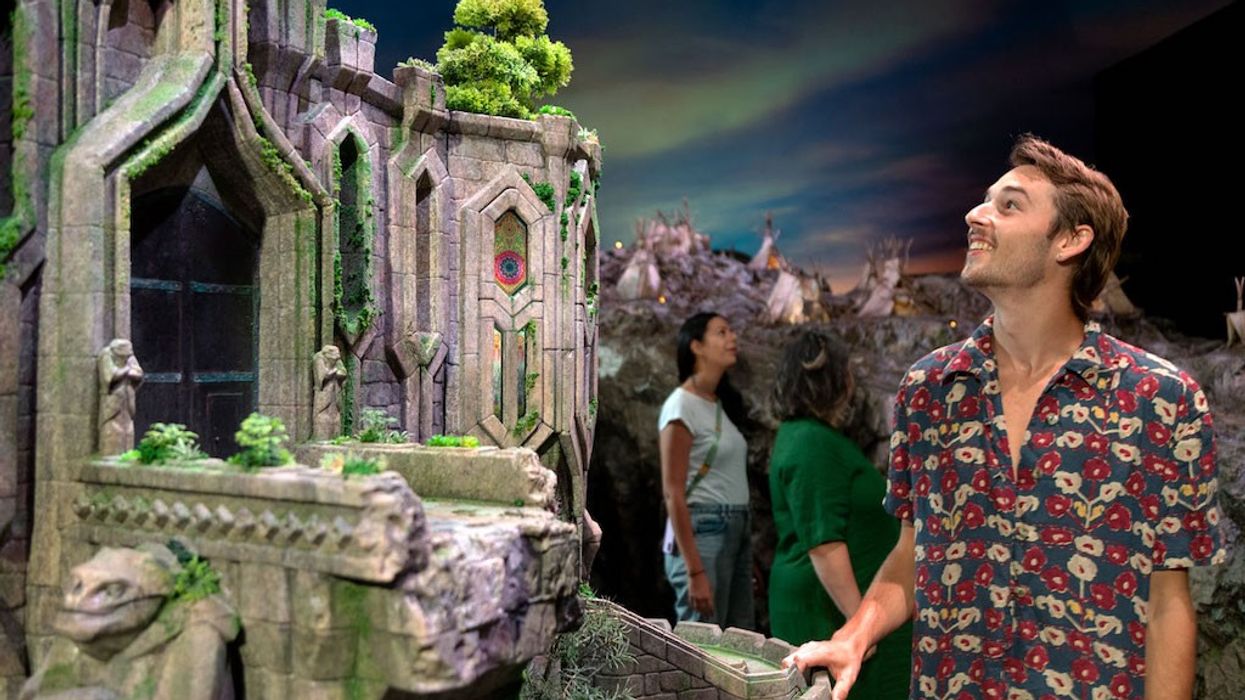
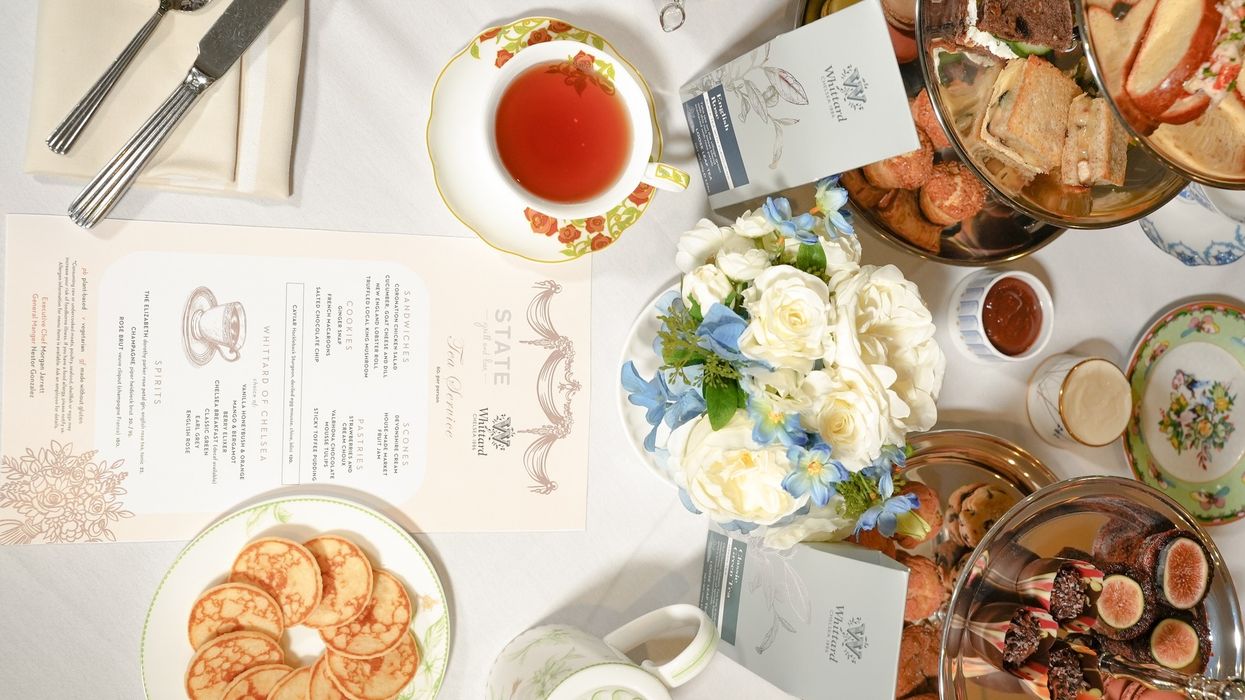

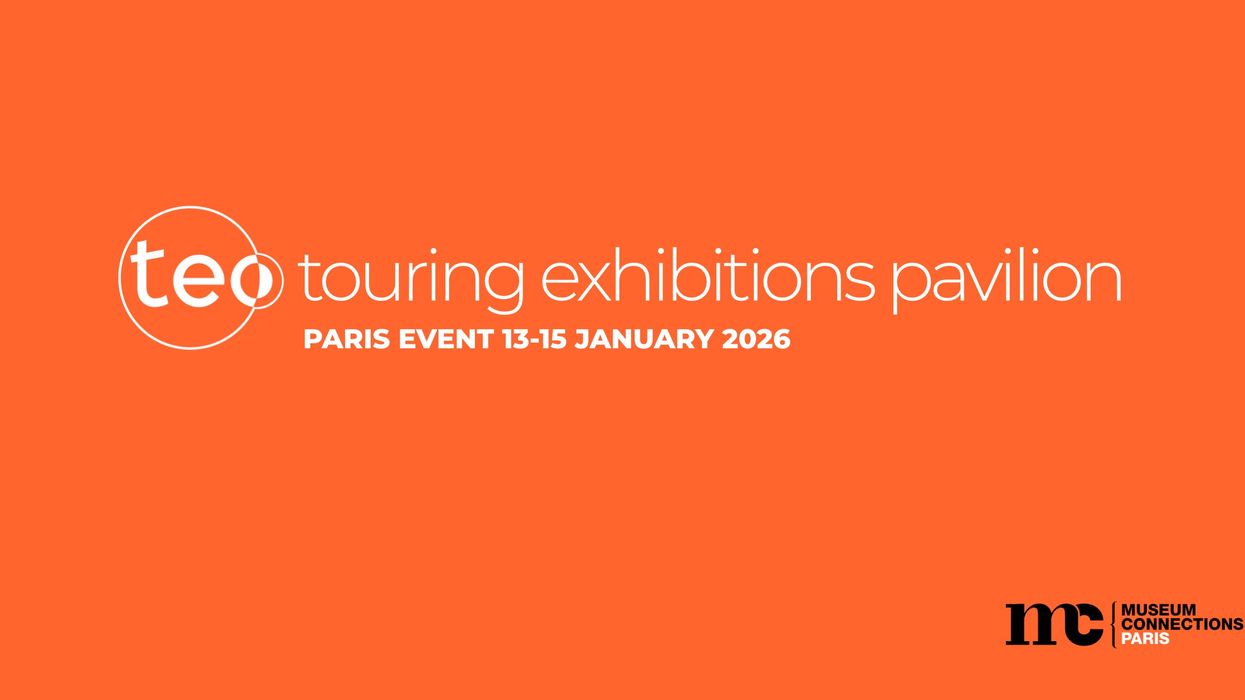
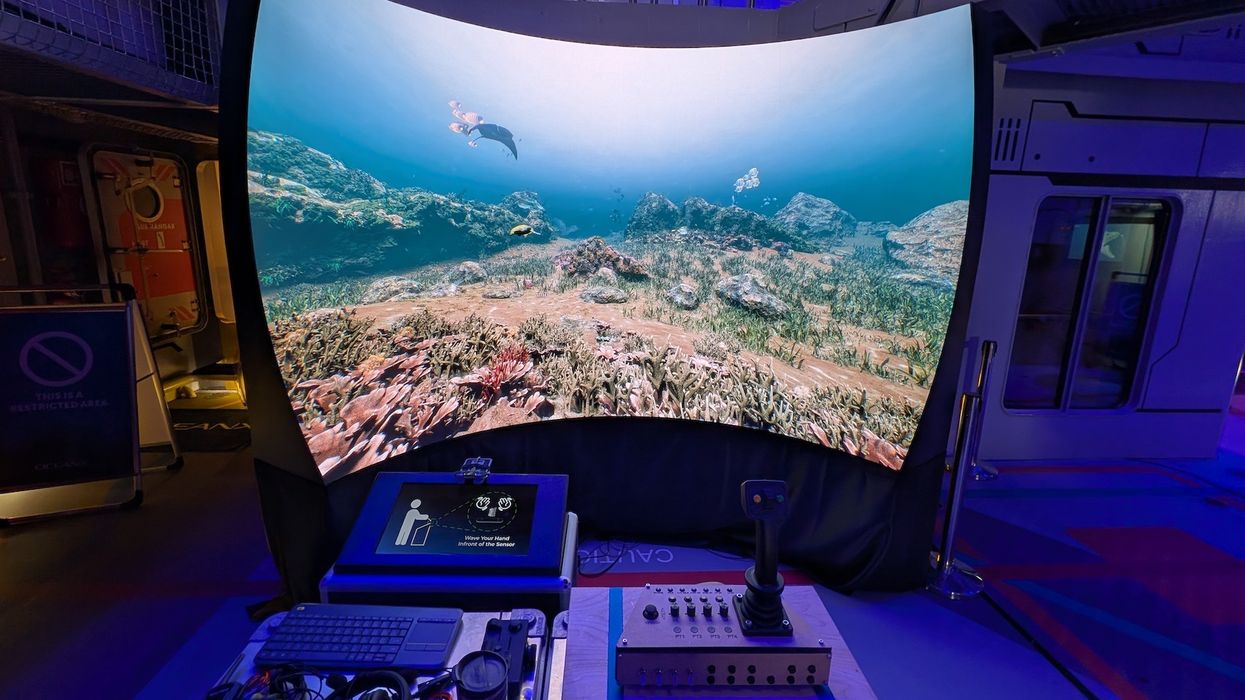
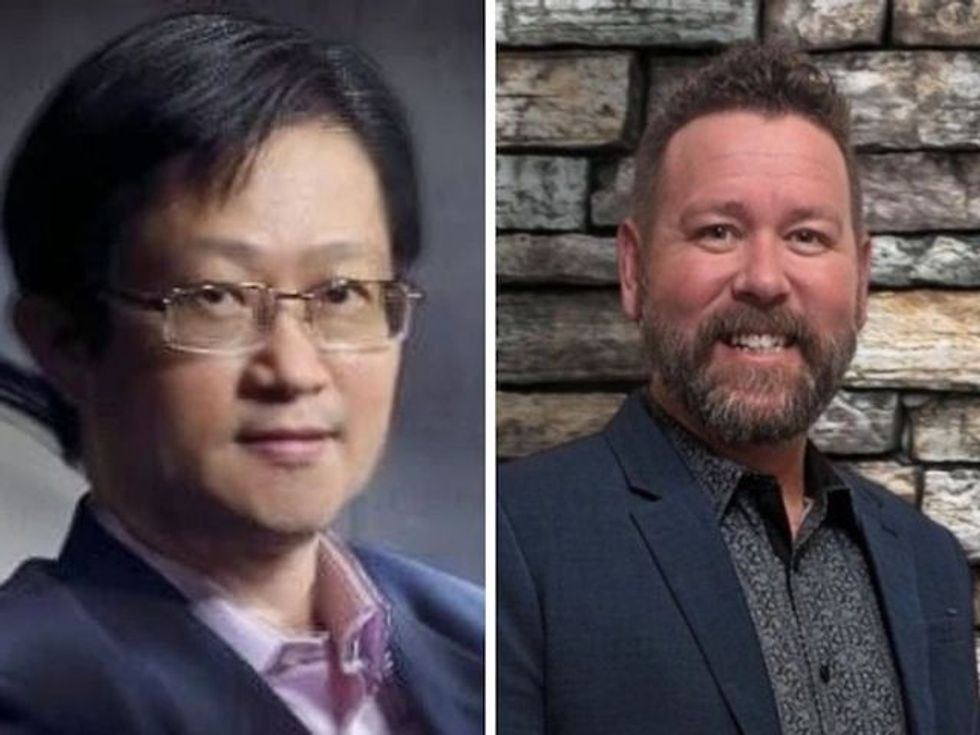 TM Lim and Adam Wales
TM Lim and Adam Wales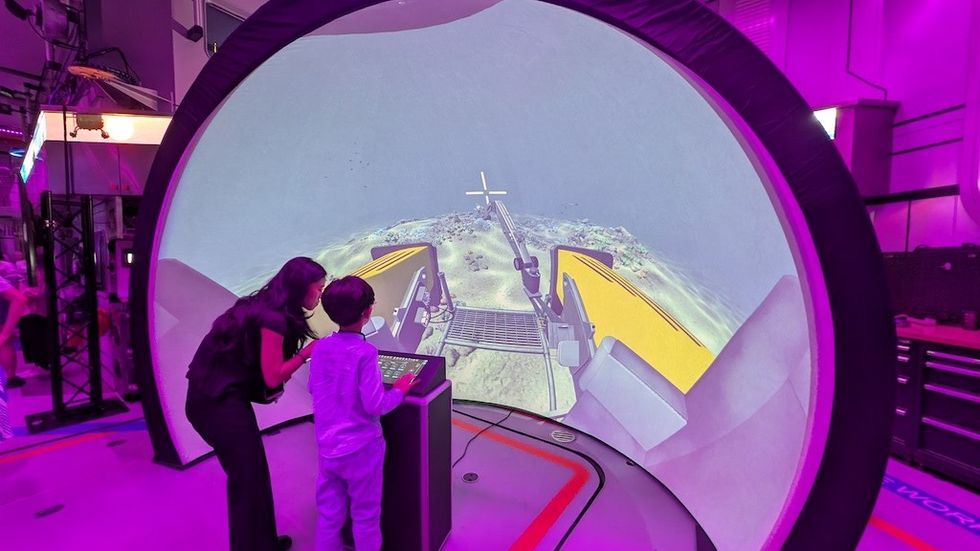
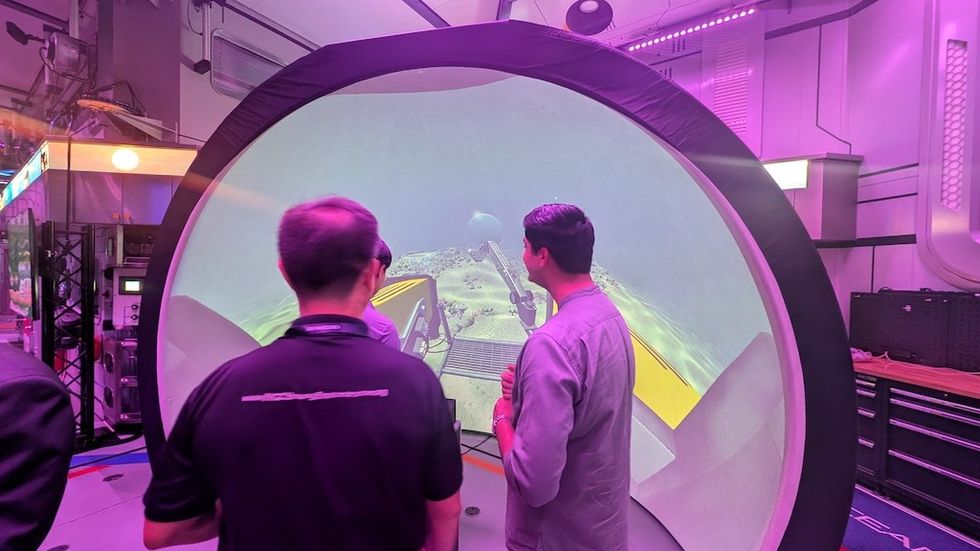
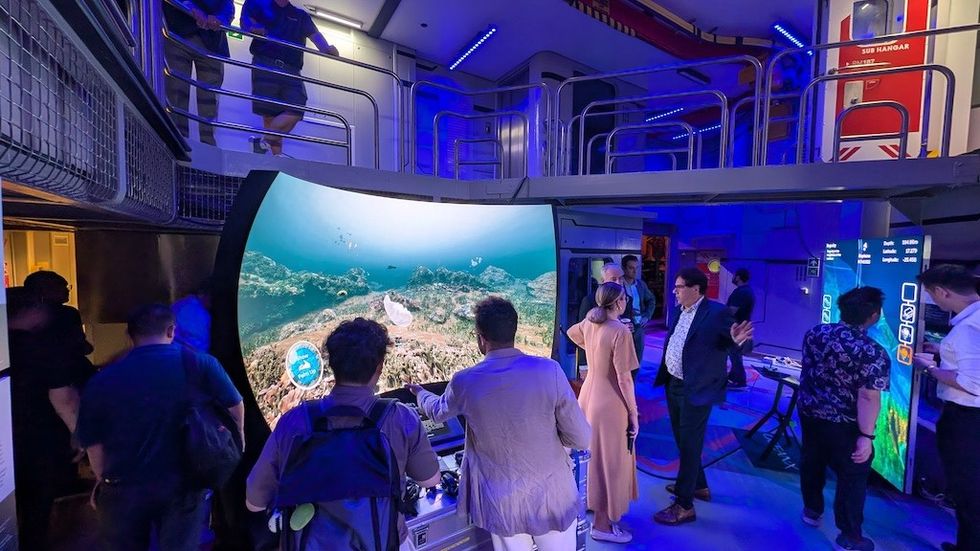
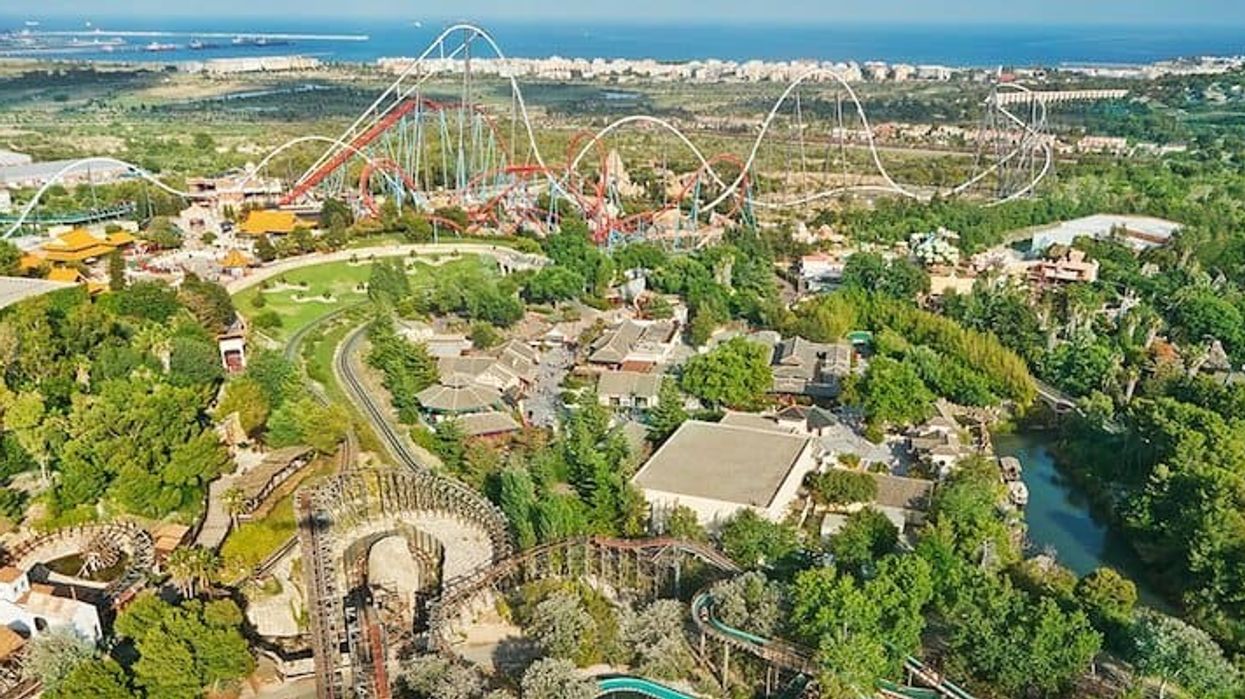
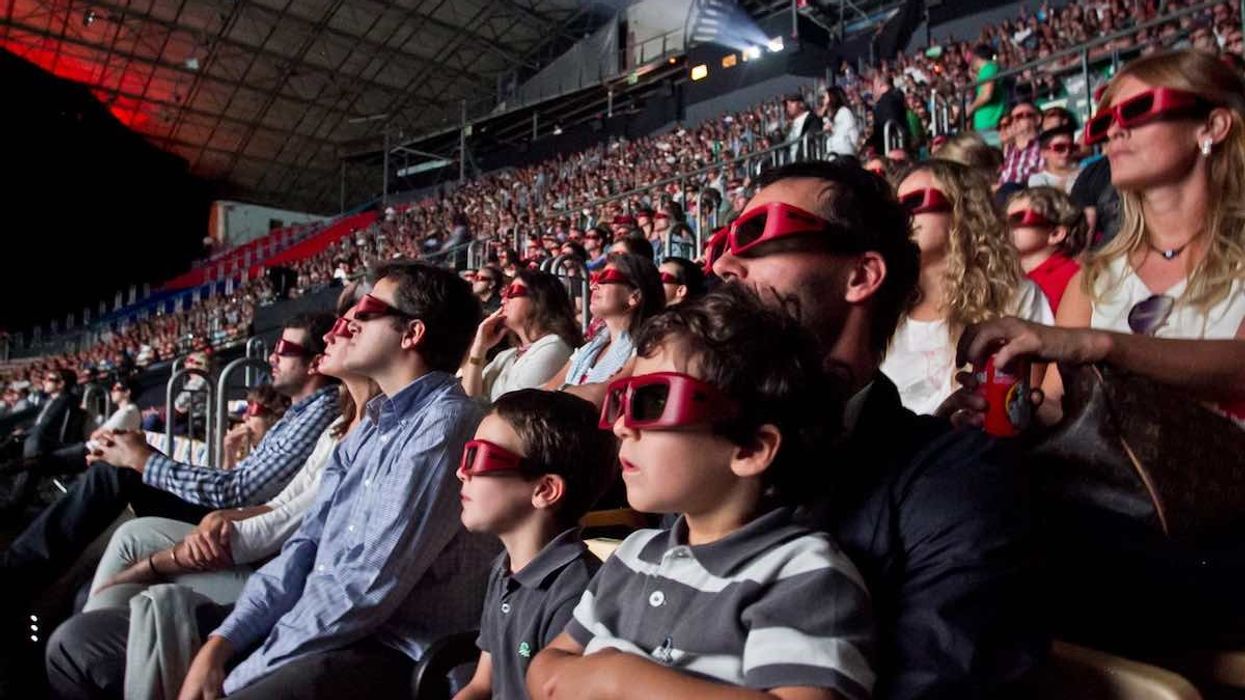
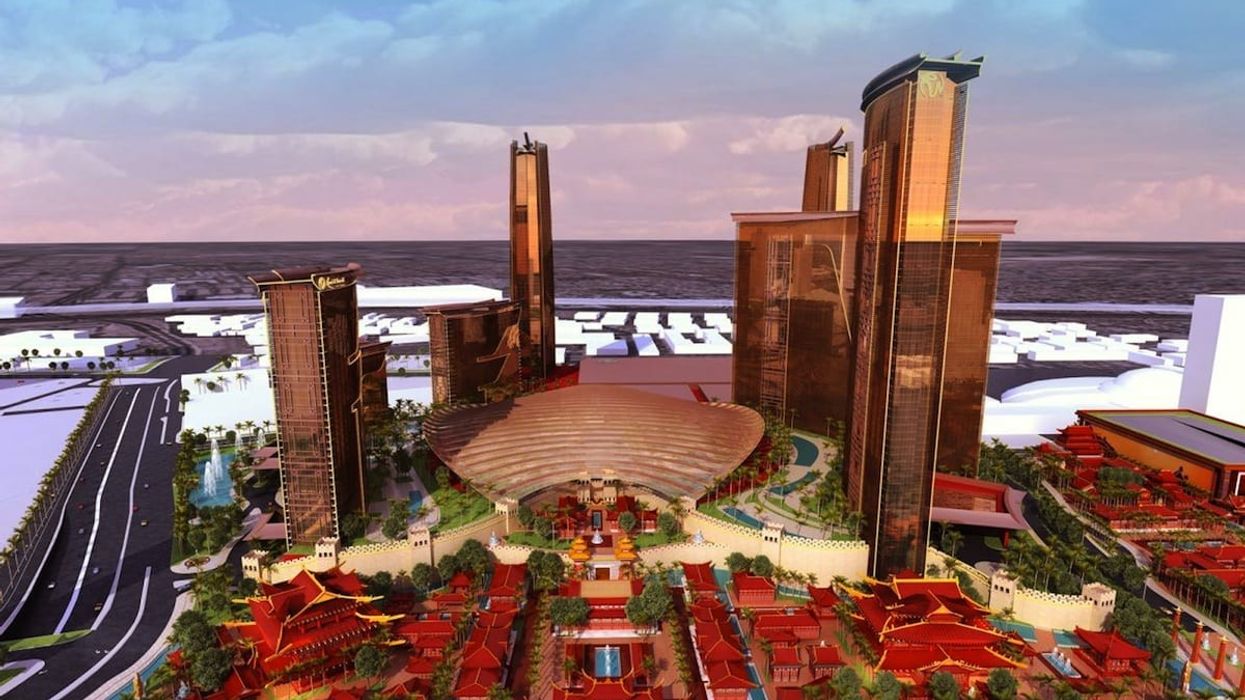

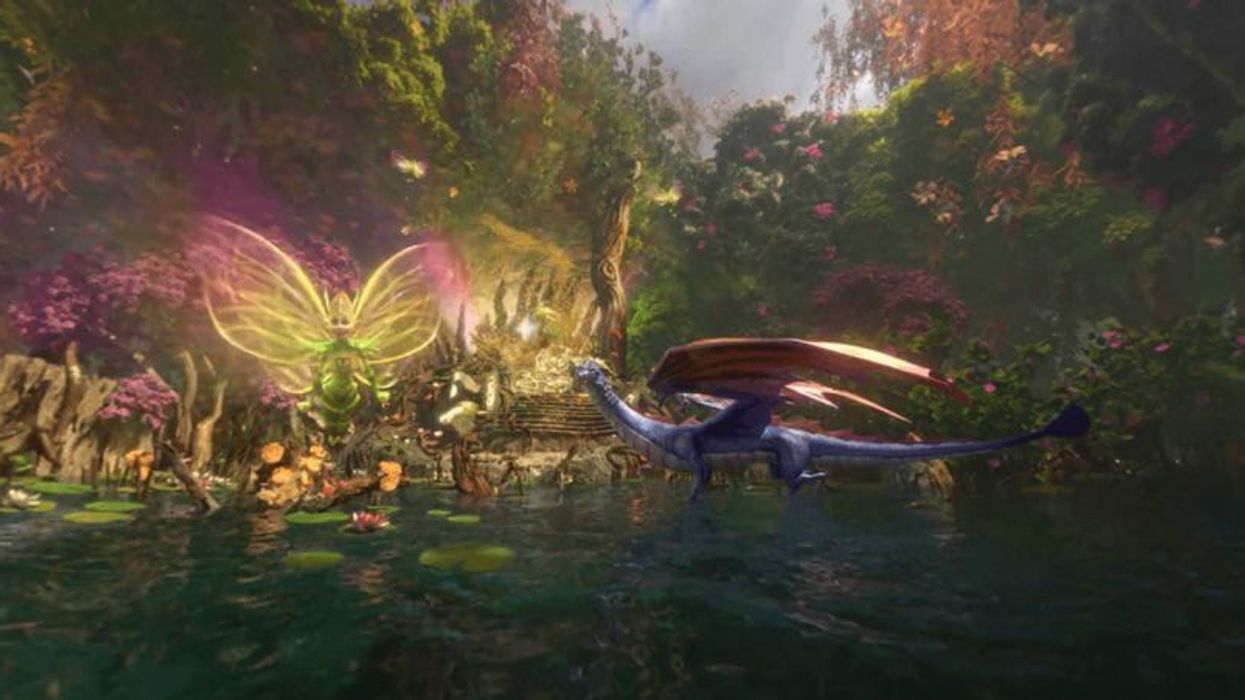

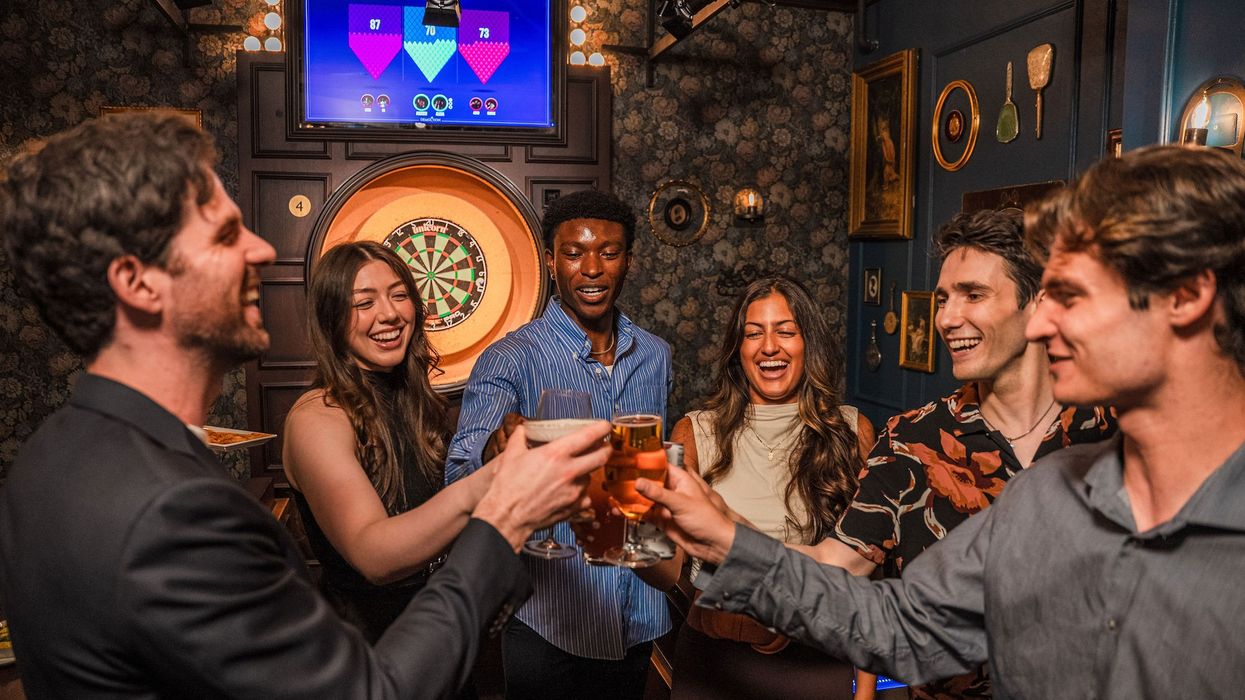
 Toby Harris
Toby Harris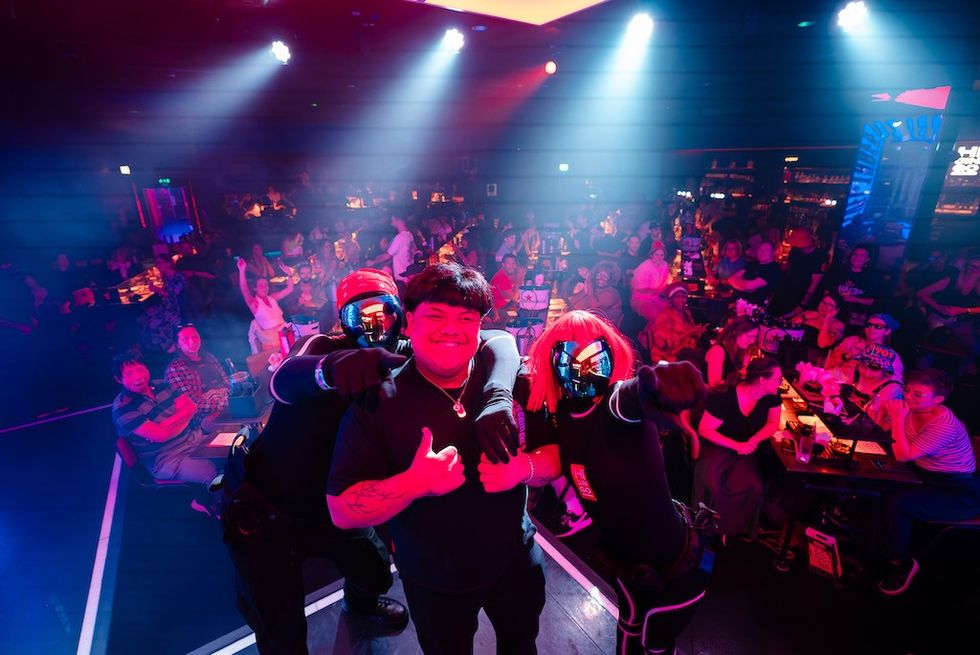 Hijingo
Hijingo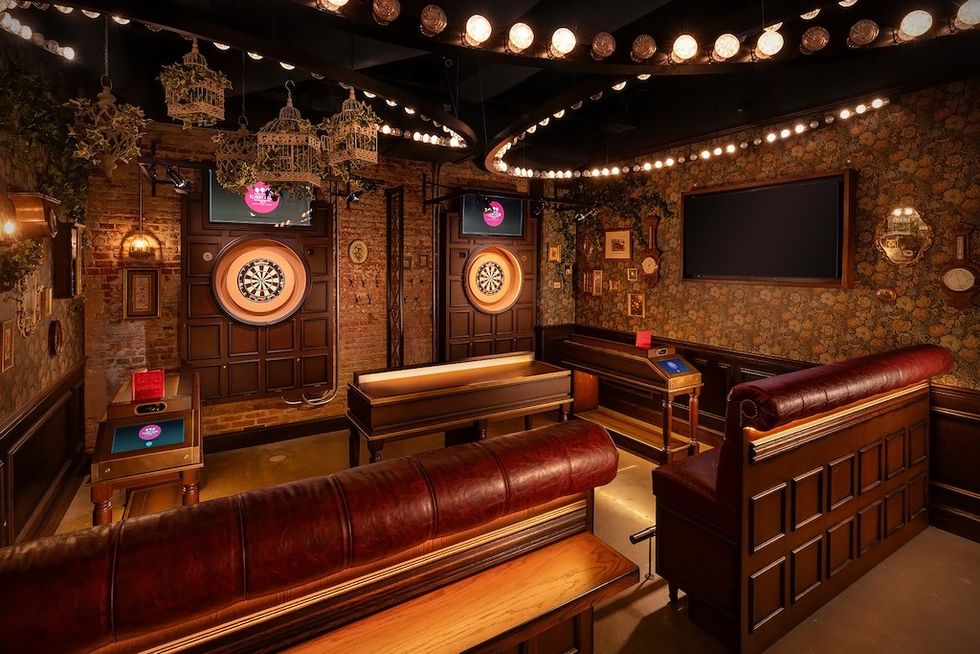 Flight Club, Washington D.C.
Flight Club, Washington D.C.
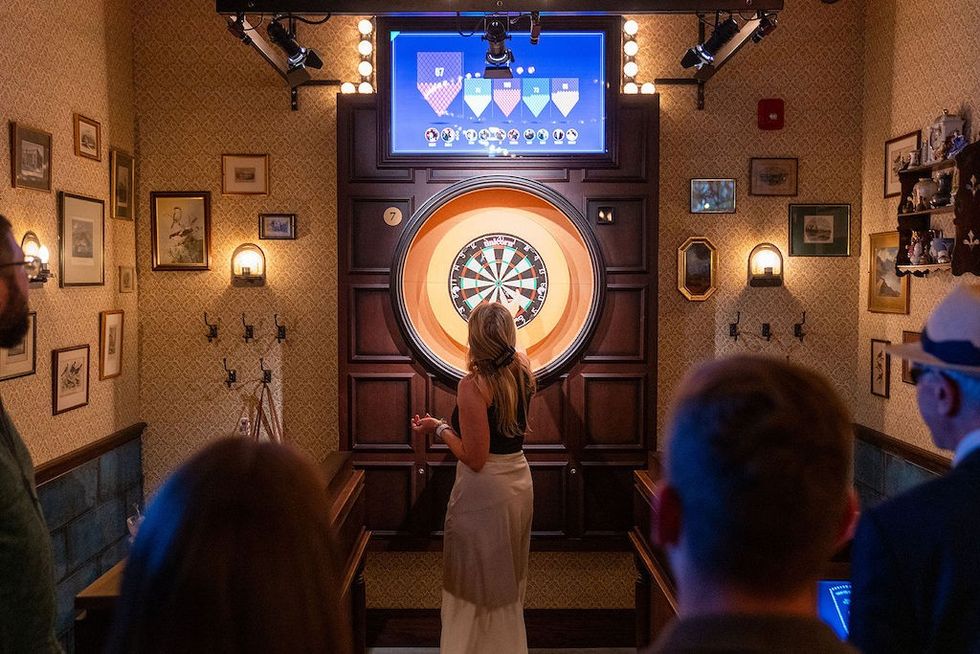 Flight Club Philadelphia
Flight Club Philadelphia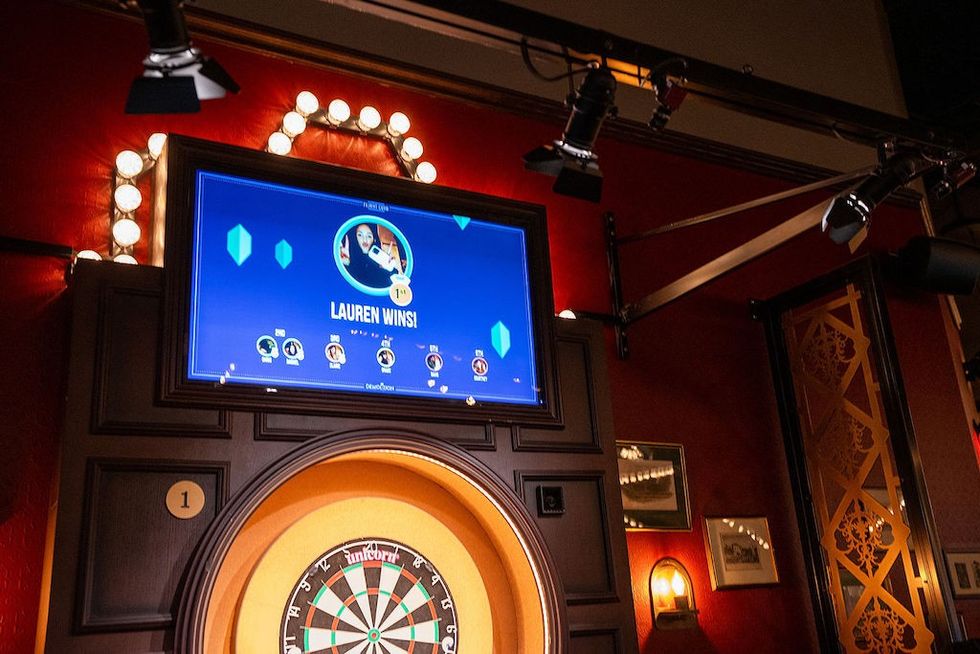 Flight Club Philadelphia
Flight Club Philadelphia Bounce
Bounce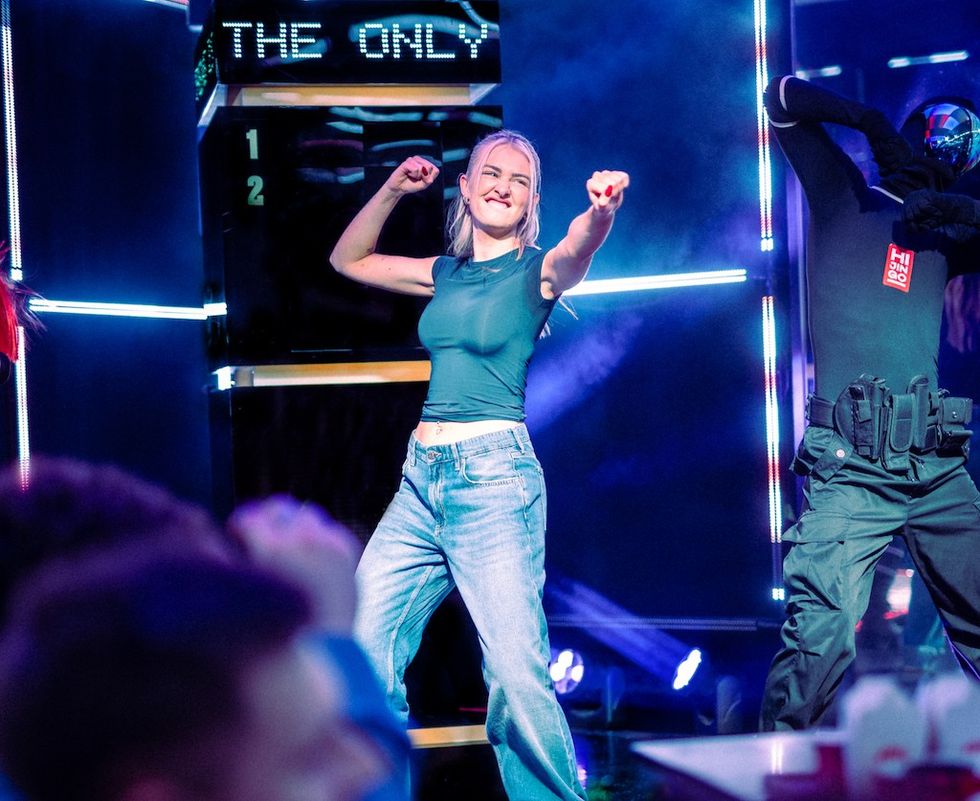 Hijingo
Hijingo Bounce
Bounce
 Fernando Eiroa
Fernando Eiroa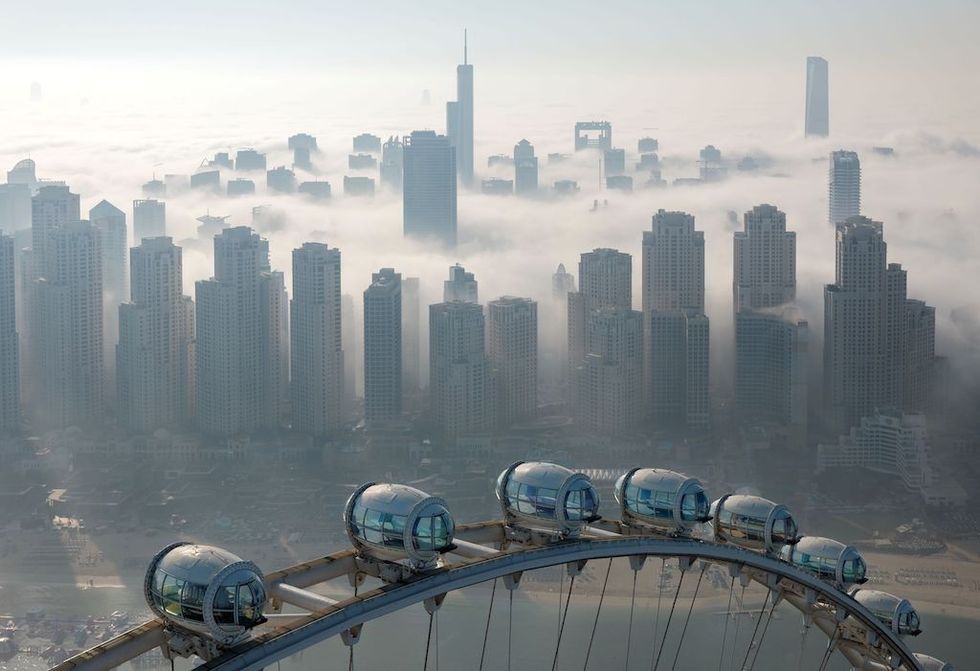






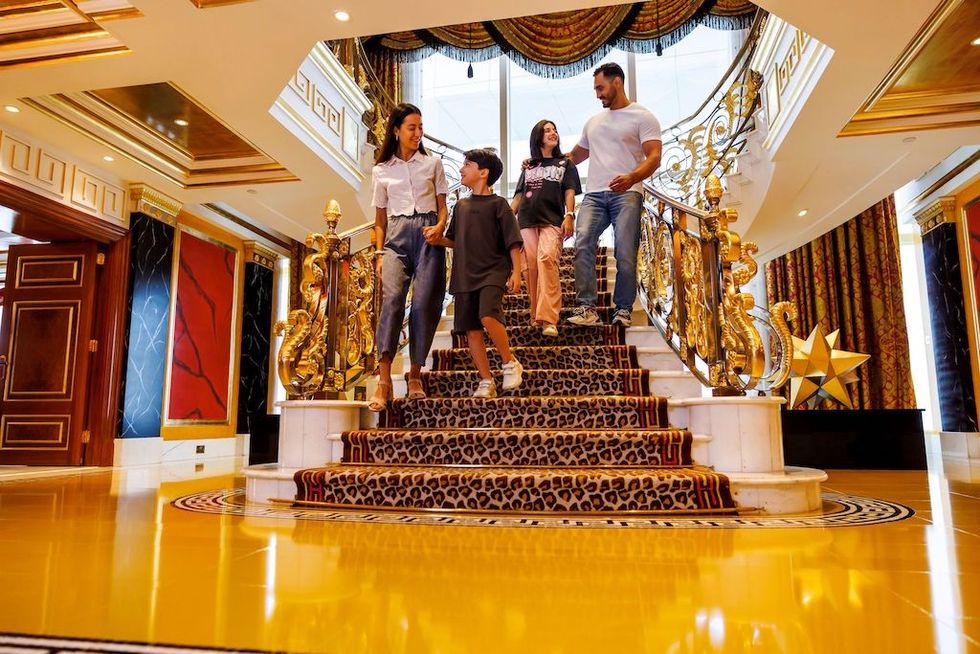

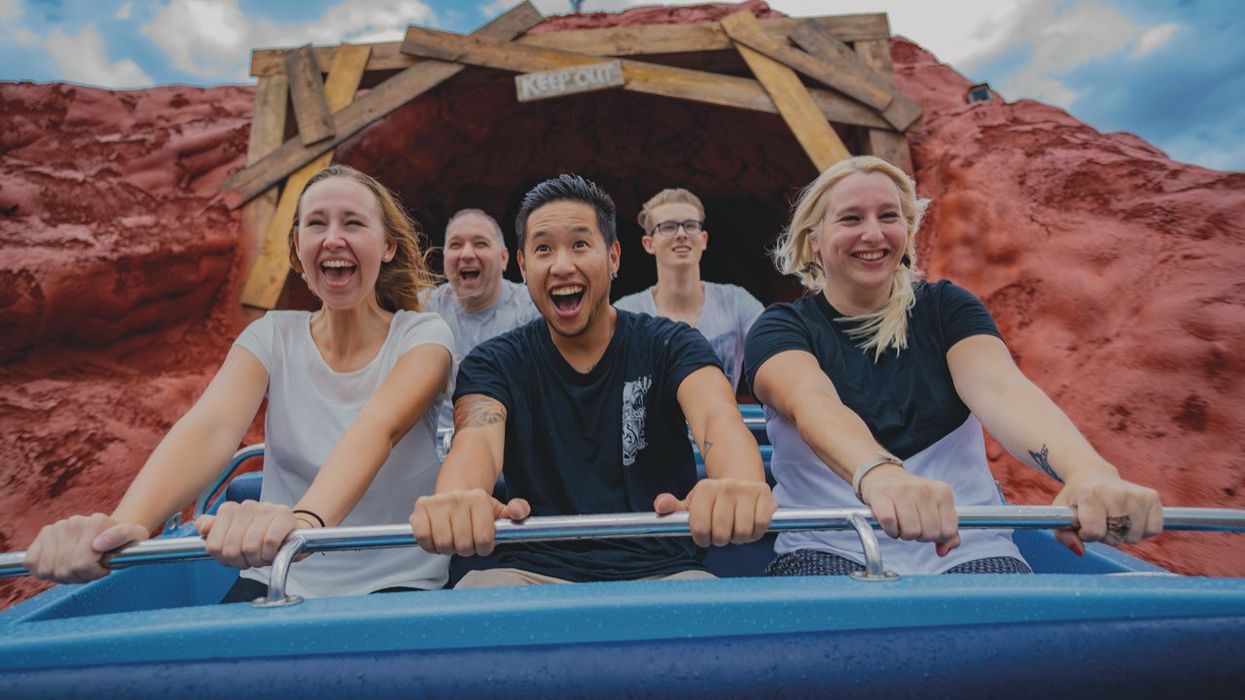

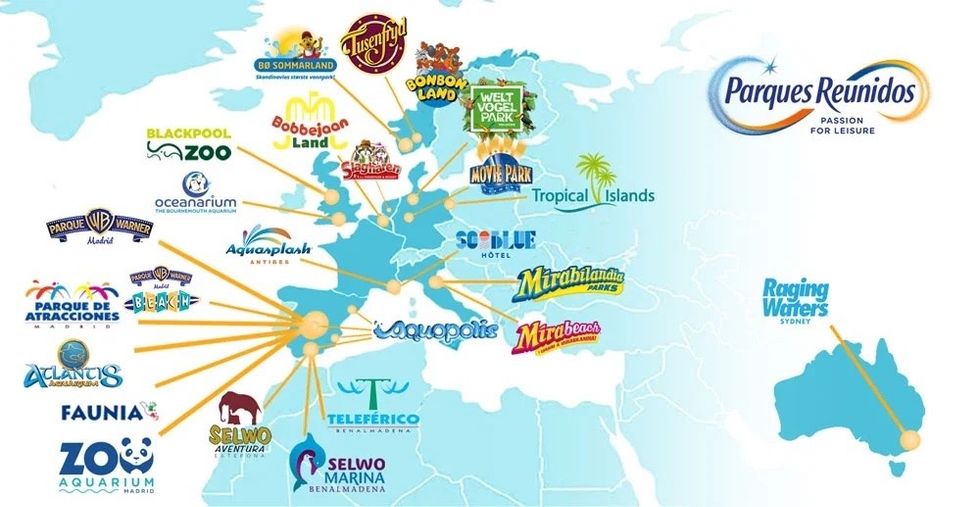
 Nickelodeon Land at Parque de Atracciones de Madrid
Nickelodeon Land at Parque de Atracciones de Madrid Raging Waters
Raging Waters  Mirabilandia's iSpeed coaster
Mirabilandia's iSpeed coaster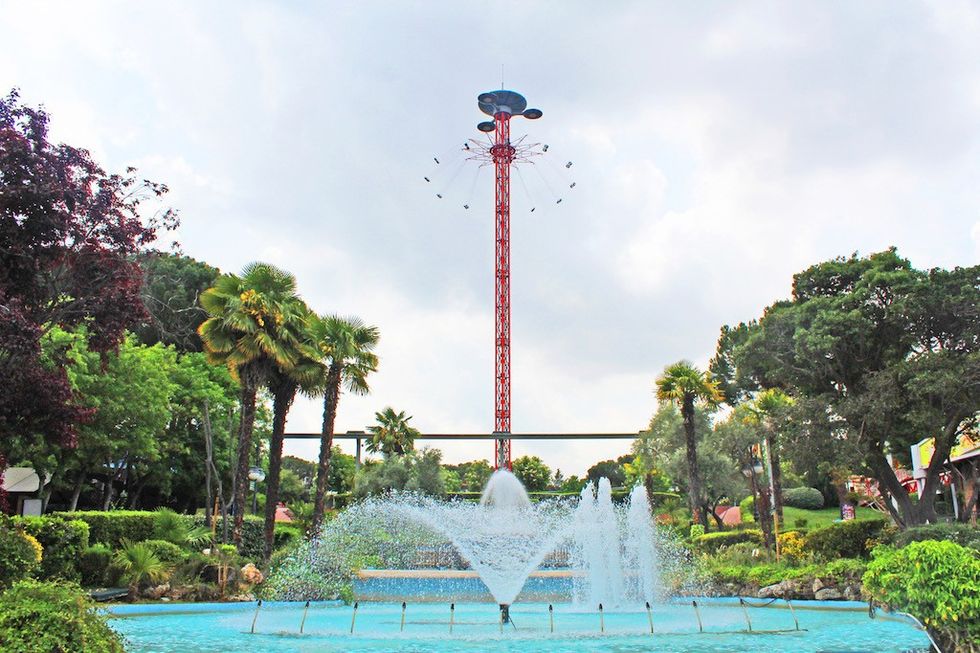 Parque de Atracciones de Madrid
Parque de Atracciones de Madrid Ferracci at the ribbon-cutting ceremony for Nickelodeon Land at Mirabilandia, with (left) Marie Marks, senior VP of global experiences for Paramount and (cutting the ribbon) Sabrina Mangina, GM at Mirabilandia
Ferracci at the ribbon-cutting ceremony for Nickelodeon Land at Mirabilandia, with (left) Marie Marks, senior VP of global experiences for Paramount and (cutting the ribbon) Sabrina Mangina, GM at Mirabilandia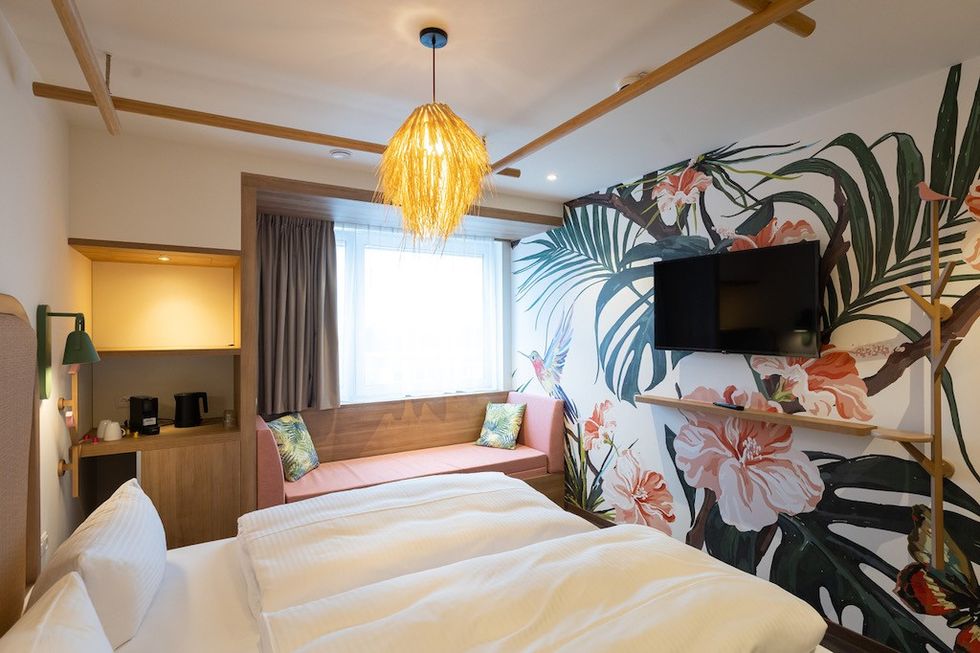 Tropical Islands OHANA hotel
Tropical Islands OHANA hotel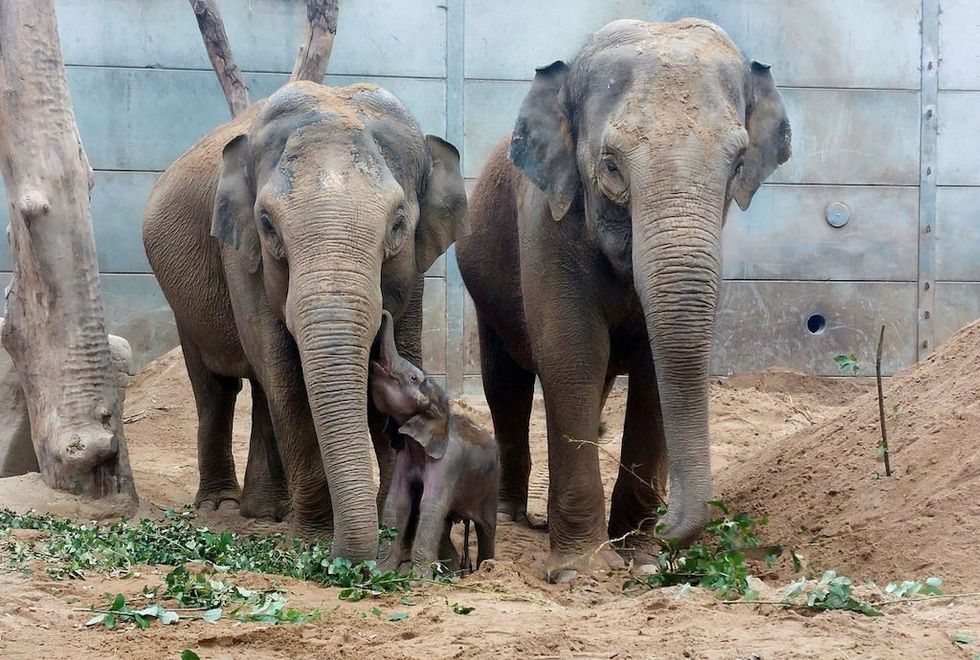 Elephants at Blackpool Zoo
Elephants at Blackpool Zoo 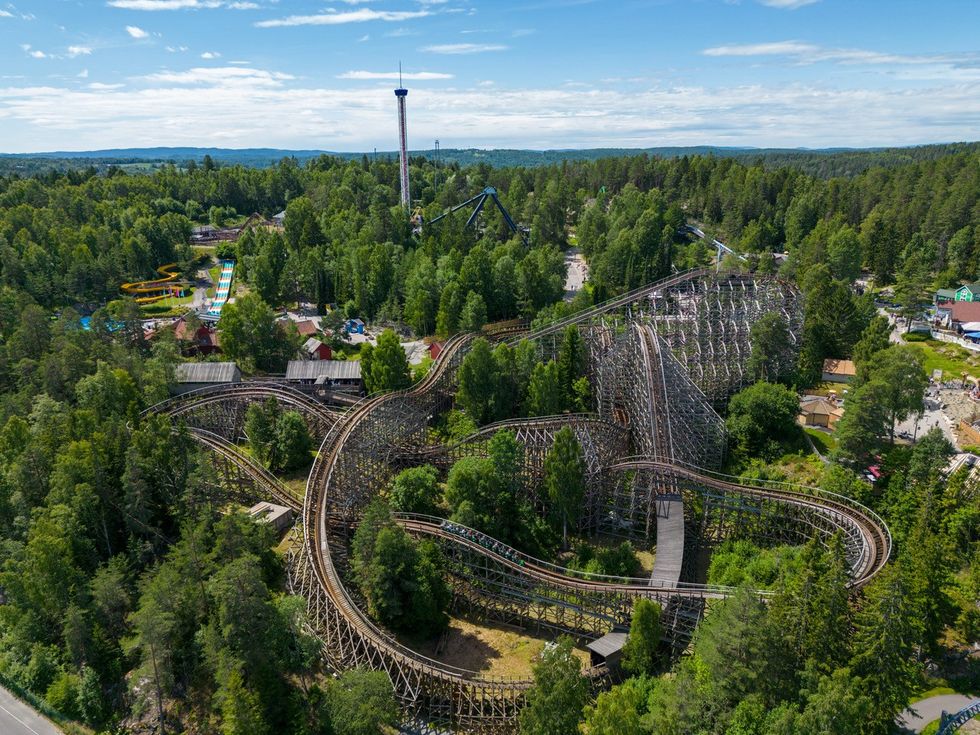 Tusenfryd
Tusenfryd
 Andrew Thomas, Jason Aldous and Rik Athorne
Andrew Thomas, Jason Aldous and Rik Athorne
